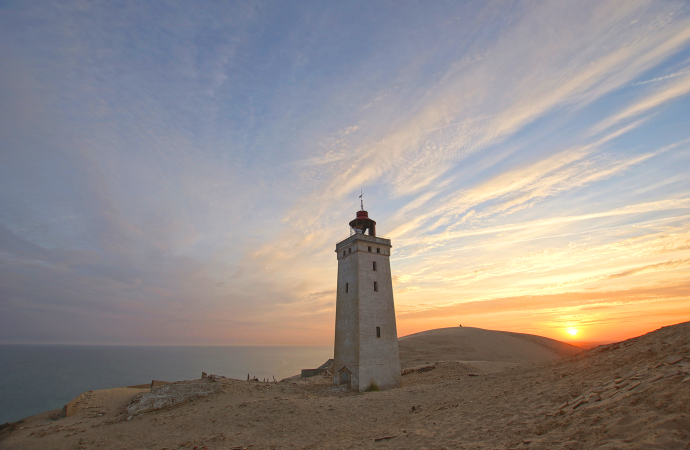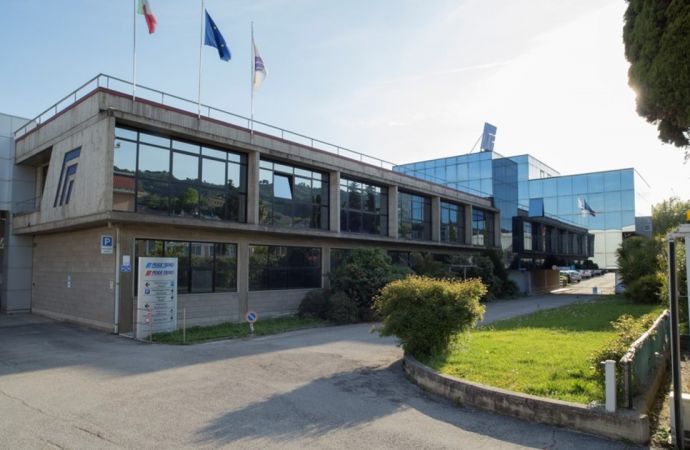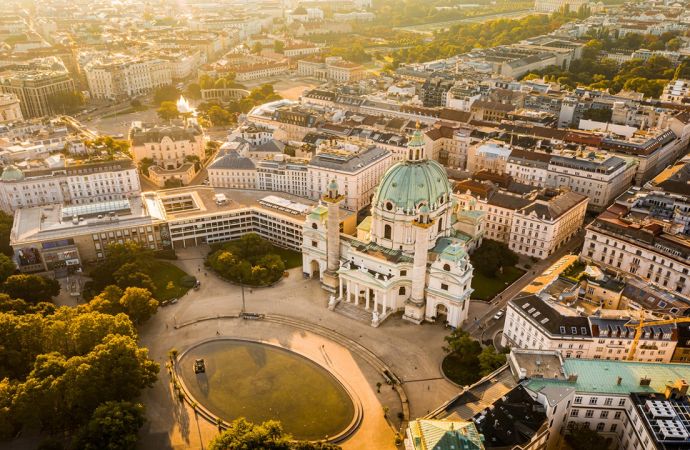The heat pump projects are likely to use ammonia and be installed by 2019.

Lighthouse along the Danish coast.
Last week, the Danish Energy Agency (under the auspices of the Danish Ministry of Energy, Utilities and Climate) announced it had allocated funding to install 13 large heat pumps at 11 small district heating networks in Denmark.
The heat pump projects will likely use ammonia as the refrigerant due to Denmark’s strict f-gas legislation. The Scandinavian country began to phase down HFCs in 2001, five years earlier than the EU as a whole (see Accelerate Europe Issue 7 to learn more).
“To our knowledge, all of the heat pumps are based on ammonia as the refrigerant due to HFC regulations in Denmark, which only allow the use of a maximum 10kg HFC per unit,” Thomas Capral Henriksen – chief consultant at Dansk Energi (the Danish Energy Association), which represents energy companies in Denmark (including producers and distributors of electricity and large producers of district heating) – told Accelerate Europe.
Henriksen, whose organisation follows the development of heat pumps, said that the previous round of subsidies – awarded in 2015 – went to natural refrigerant-based heat pumps.
The number of heat pump projects supported has increased compared to 2015, when the Danish government awarded a total of DKK 26.6 million (3.58 million euros) to 10 large-scale heat pump installations in small district heating plants.
In 2017, the government awarded 23.4 million DKK (3.14 million euros) to 13 projects. In 2018 this figure will increase to 27.9 million DKK (3.75 million euros), to support electric heat pumps in small district heating networks.
Part of the motivation for this investment is to anticipate new EU rules prohibiting the continuation of current subsidies for natural gas heating, according to Henriksen.
“Most of the support for decentralised natural gas-based [combined heat and power] CHP plants expires by the end of 2018. [Under] the EU's new state aid rules, this aid cannot be extended, so when the aid lapses, it can have significant consequences for the price of power and heat from CHP for district heating,” he explained.
As state aid for natural gas throughout the European Union is dismantled, heating prices may increase in Denmark. “Relating to the expiry of the current subsidies, a coalition in parliament has decided to establish two new decentralised CHP subsidy schemes: a subsidy scheme for electrically-powered heat pumps for small CHP plants outside the EU carbon trading scheme, and a counselling scheme for the plants where the economic effect of the expiring subsidies would hit hardest,” Henriksen told Accelerate Europe.
The 13 heat pump projects across Denmark will be commissioned at the end of this year and installed by the end of 2019, according to the Danish Energy Agency.
I am very pleased with the great interest the district heating plants have shown to seek support for electric heat pumps from the grant scheme.”
– Martin Hansen, Danish Energy Agency.
"I am very pleased with the great interest the district heating plants have shown to seek support for electric heat pumps from the grant scheme,” said Martin Hansen, deputy director at the Danish Energy Agency.
“It shows that district heating plants receiving basic amounts focus on doing something to ensure continued competitive district heating prices to consumers when the base amount expires in 2018,” he said.
For more on Denmark’s journey to install large heat pumps at district heating networks, check out the latest Accelerate Europe.
Related stories



